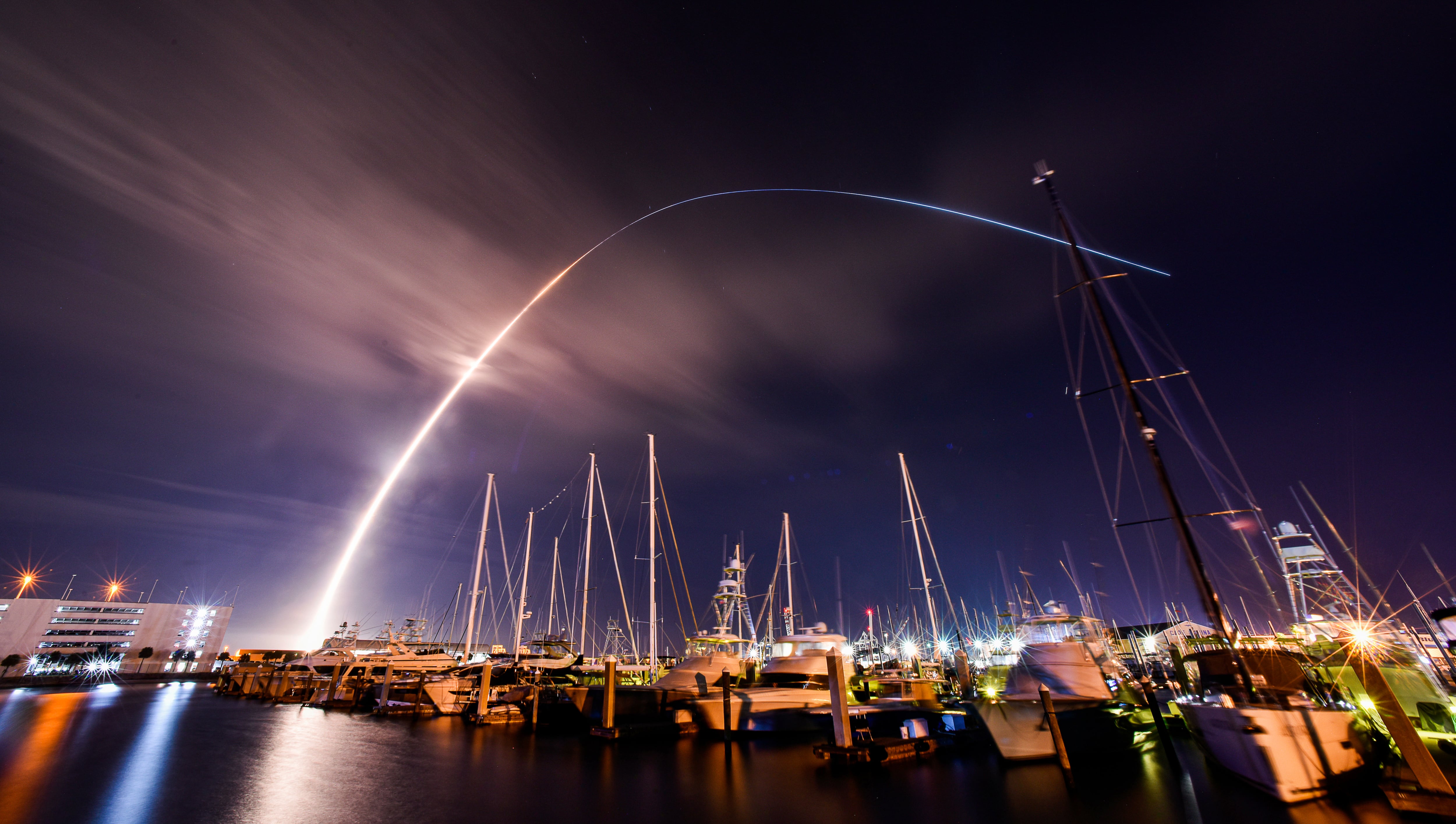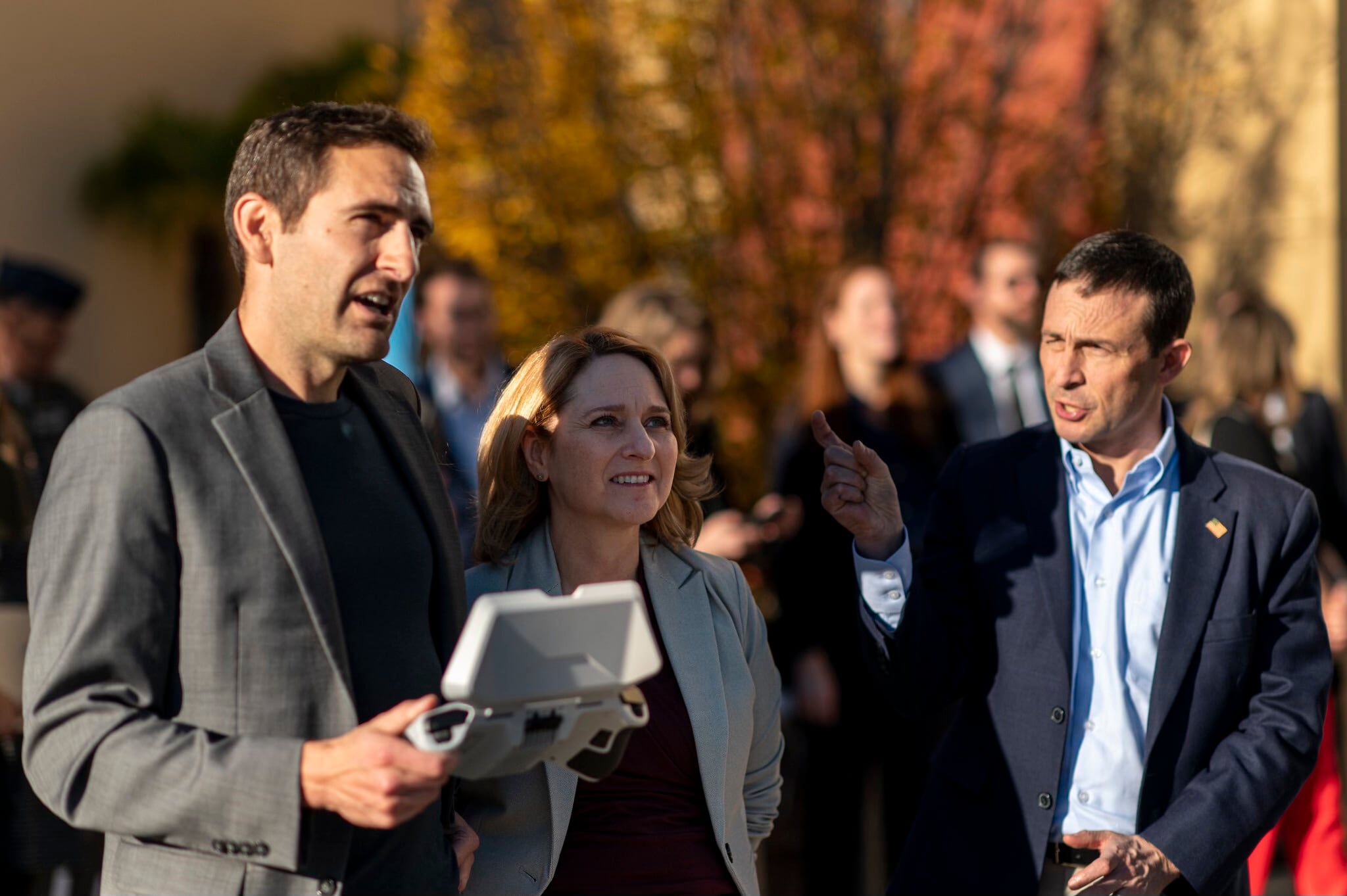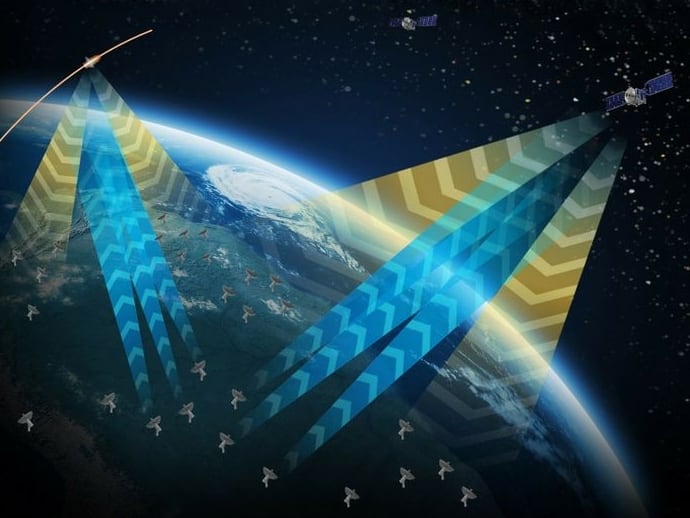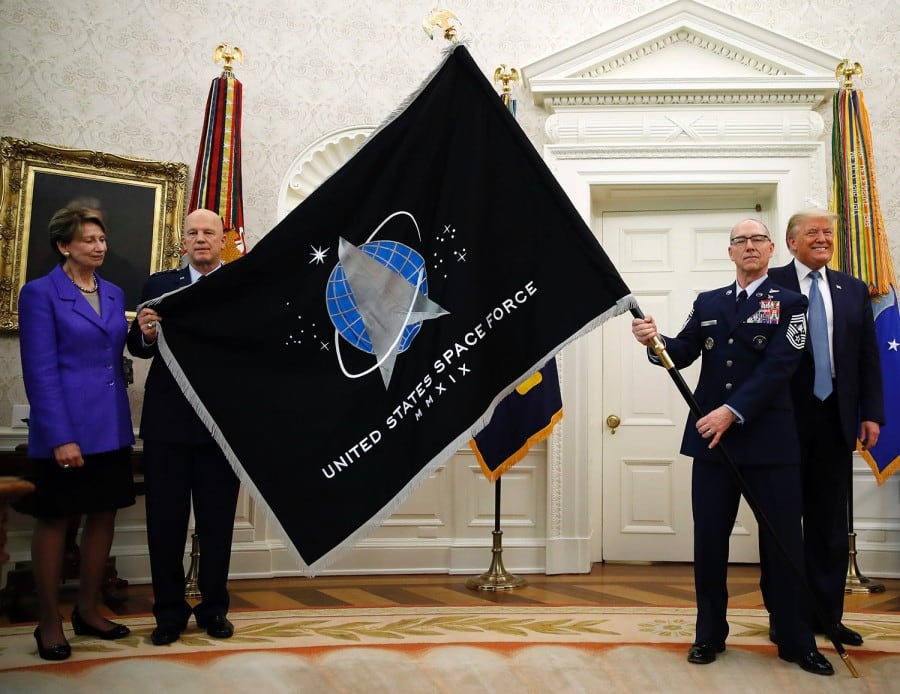United Launch Alliance expects its Vulcan rocket to conduct its second Space Force certification flight in September, positioning the launch vehicle to fly its first national security space missions this year, according to the company’s top executive.
Vulcan flew its first mission in January, but a second is required to confirm that the rocket can perform consistently across multiple flights. CEO Tory Bruno told reporters June 26 he’s confident the company will complete the certification process in time to meet the Space Force’s timelines.
“At the moment, we’re quite confident that the payloads will be there,” he said in a media briefing. “I’ll have the rockets. All I need are satellites, and I should be able to fly them.”
ULA, along with Elon Musk’s SpaceX, is one of two companies with rockets cleared to fly national security space missions for DOD and the intelligence community. The company is in the process of replacing its legacy Atlas V and Delta IV vehicles — longtime workhorse rockets for the U.S. government — with the more powerful Vulcan.
The company previously expected Vulcan to begin flying national security missions in 2022, following certification by the Space Force that the rocket is cleared to fly high-value missions. Repeated delays — many involving the rocket’s BE-4 engine built by Blue Origin — have slowed that process.
Blue Origin has largely overcome those engine setbacks, but ULA faced a new challenge in recent months when it learned that the payload for its second Space Force certification mission — Sierra Space’s Dream Chaser spaceplane — was behind schedule.
Bruno told reporters that because of those delays and the need to certify Vulcan, the rocket will now carry an inert payload built by ULA as a backup. He described the payload as a mass simulator that will feature proprietary experiments and demonstrations that will inform future technology development for the company.
Once that mission launches, the company will work closely with the Space Force to support the necessary analysis to validate Vulcan’s performance. Bruno noted that because the service has had several months to review data from the rocket’s first mission, it shouldn’t take long to finalize the certification after the second flight.
“It’s sort of pre-staged and ready to go,” he said. “All they really have to do is receive the data from us with the analysis we also provide to them and kind of go down the list and say, ‘Yep, that’s what we expected.’”
Independent review team
ULA’s payload swap and its push toward its second certification flight follow criticism from the Space Force about Vulcan’s delayed debut and concerns that the company may struggle to ramp up the rocket’s launch cadence.
The Washington Post reported in May that Frank Calvelli, assistant secretary of the Air Force for space acquisition and integration, sent the company a letter relaying those concerns and calling for Lockheed and Boeing to convene an independent review team to consider whether ULA is capable of meeting the service’s launch demands.
“I recommend that you work together over the next 90 days to complete an independent review of ULA’s ability to scale its launch cadence,” Calvelli said in the letter.
Bruno said that team has since formed and is in the process of reviewing ULA’s manufacturing facilities before moving on to its launch site.
He said he welcomes input from the group. In fact, once that work is completed, Bruno plans to stand up a longer-term review team that will continue to monitor Vulcan’s progress until the company has achieved full-rate production.
“I’m a big believer in that,” he said. “When your team is working really hard in the trenches, sometimes it’s good to have some senior folks who have done it before that are stepping back from it and not driving every day, feeling schedule pressures and all that, to be taking an objective look and give you advice.”
Production ramp-up
Bruno said that amid the reviews and the company’s focus on national security space launch certification, ULA is working to ensure its factories, launch facilities and supply chain are positioned to support an increased launch cadence in the coming years.
In 2025, ULA plans to launch 20 missions, some of which will fly on Vulcan and some on its Atlas V rocket.
“It’s absolutely appropriate for everyone, including my customer, to focus on ramping up the rocket. For us, that is the primary thing we’re working on right now,” he said. “It requires two things . . . a much higher production rate in the factory and in our supply chain, and then infrastructure that supports the higher launch rate at the launch site.”
At its factory, the company has converted space once dedicated to its Delta line of rockets to produce Vulcan and is doing the same with its Atlas line, which will fly another 16 missions before it retires.
The company is nearly finished with the Vulcan rockets that will fly the two national security missions it’s lined up to launch this year, Bruno said, noting that the first will arrive at Cape Canaveral in August and the second soon after.
On the supply chain side, ULA has worked with suppliers to shore up its inventory early, in advance of the increased launch rate. And at the launch site, it’s converting an existing facility to one that can support payload and rocket integration. The company had initially planned to activate the facility next June, but Bruno said he’s accelerating that schedule to early 2025.
“The key to the higher launch rate at the launch site is having a whole other [vertical integration facility], a who other lane, if you will, so you can be building rockets simultaneously,” he said.
Courtney Albon is C4ISRNET’s space and emerging technology reporter. She has covered the U.S. military since 2012, with a focus on the Air Force and Space Force. She has reported on some of the Defense Department’s most significant acquisition, budget and policy challenges.






